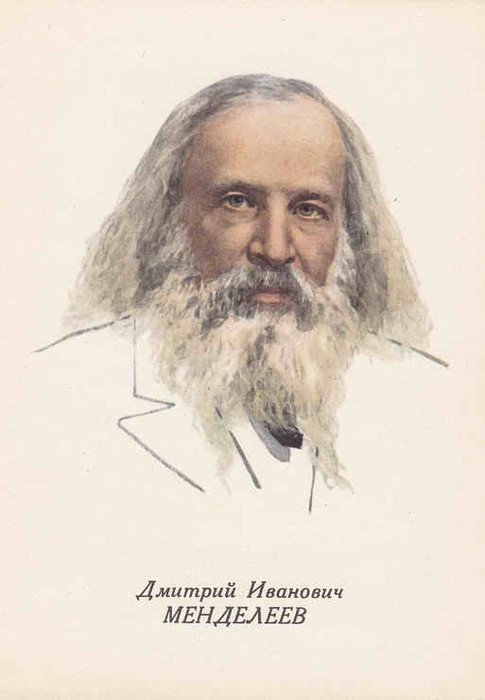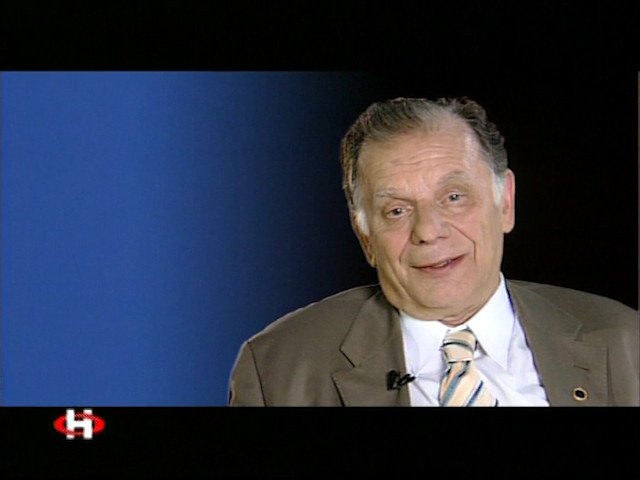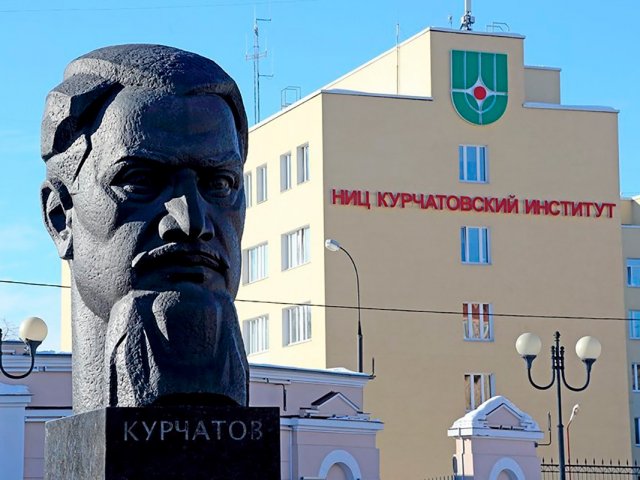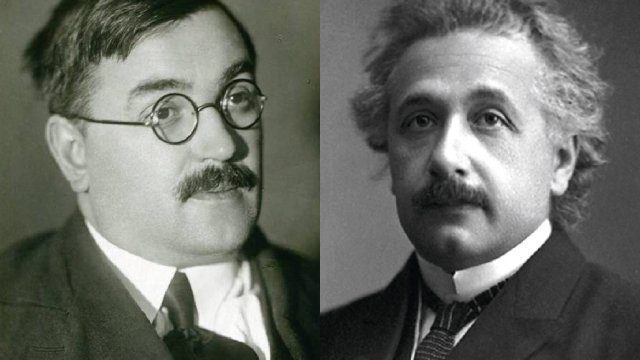Official:
Dmitri Ivanovich Mendeleyev. January 27 (February 8), 1834 — January 20 (February 2), 1907. Russian chemist, metrologist, technologist, economist, polymath. Author of the periodic classification of the elements. Professor. Corresponding member of the St. Petersburg Academy of Sciences.
Life and Work:
1. His grandfather bore the surname Sokolov, but his father Ivan Pavlovich changed his surname. If not for this, we would study Sokolov’s system at schools. But we study Mendeleev’s periodic system.
2. One of Mendeleev’s students described him as follows: “Long shoulder-length silver-fluffy hair, like a lion’s mane, high forehead, big beard, — all together made Mendeleev’s head very expressive and handsome.”
3. After Dmitri Ivanovich Mendeleev discovered the periodic law that made him famous, German chemist Robert Bunsen made a caustic remark, “One can draw any number of such generalizations on figures printed in stock-exchange bulletins.” Bunsen was wrong: an American Institute for the study of new materials published a list of discoveries considered the most important to humanity. It was compiled by international experts, and the periodic law of chemical elements discovered by Mendeleev tops the list. This is one of the fundamental scientific laws.
4. Dmitri Ivanovich was a member of a dozen academies and a doctor of a dozen universities. He refused to list all his titles in his works — he had more of them than the tsar had.
5. The title of academician is not on this list. The German majority of the St. Petersburg Academy voted against his candidacy. This caused public outrage, but Mendeleev never became an academician.
6. Mendeleev did not receive the Nobel Prize either. He was nominated three times by his foreign colleagues, and the Nobel Committee once awarded him the prestigious award, but the Swedish Academy of Sciences refused to approve the decision. It is believed that the key role in this was played by scientific disagreements with Swedish academician Svante Arrhenius. Mendeleev did not get along with the Nobel brothers either.
7. Mendeleev’s contribution to science was not limited to the discovery of the most important law to humanity. He authored works on forestry, agriculture, education, population problems, geography, economics, metrology, social science, and, of course, various natural and technical sciences.
8. Dmitri Mendeleev wrote: “My first duty is to the motherland, my second duty is to education, and my third duty is to industry.”
9. Mendeleev’s grandfather served as a priest in the village of Tikhomandritsy, the Tver Province. The scientist’s father also studied at the seminary and, which was usual for that time, adopted a new surname after graduation. Dmitri Ivanovich explained the name Mendeleev as follows: “... it was given to my father when he exchanged something for something, just like the neighboring landowner Mendeleev exchanged horses.”
10. Ivan Mendeleev did not follow the spiritual path but graduated from the Main Pedagogical Institute in St. Petersburg. The seventeenth child, baptized Dmitri, appeared in his family in 1834, when Ivan worked as a headmaster of Tobolsk Gymnasium.
11. Dmitri grew up surrounded by exiled Decembrists in Tobolsk. Mendeleev’s large family received support from Pushkin’s Lyceum friend Ivan Pushchin.
12. Mendeleev’s Literature teacher was Pyotr Yershov, the author of The Little Humpbacked Horse. Later, Yershov’s stepdaughter would become Mendeleev’s wife.
13. After graduating from the gymnasium, Dmitri Mendeleev entered the same Main Pedagogical Institute in St. Petersburg where his father studied, the Department of Physics and Mathematics.
14. The title of Dmitri Ivanovich Mendeleev’s master’s thesis requires translation from the scientific language: Isomorphism in Connection with other Relationships to form Crystalline Composition. Mendeleev received his master’s degree the very next year after graduating from the institute.
15. But Mendeleev wrote his doctoral dissertation on a topic close and understandable to the people: On the Combination of Alcohol with Water.
16. However, contrary to popular belief, Mendeleev did not invent vodka. His dissertation never mentions the “optimal” 40% of alcohol by volume. Actually, much later he happened to be a member of the commission that established the requirements for classic Russian vodka producers.
17. The 26-year-old Mendeleev was among the most respected chemists who gathered at the First International Congress of Chemists in Karlsruhe.
18. “Even I am surprised by what I have done during my scientific career.” From the huge number of activities he had been engaged in, which includes among other things the creation of Russian gunpowder and the reorganization of the Bureau of Weights and Measures, Dmitri Ivanovich himself distinguished four subjects: study of the elasticity of gases, understanding solutions as associations and the classic work, Basics of Chemistry... And, of course, the periodic law in the first place.
19. As Dmitri Ivanovich told about the discovery, “I saw in a dream, a table, where all the elements fell into place as required. Awakening, I immediately wrote it down on a piece of paper and fell asleep again.” It turns out he really saw it in his dream. As Mendeleev said in an interview, “I had been thinking about it for maybe 25 years!”
20. Thus, there is no mysticism in the discovery of the periodic law. Mendeleev actively fought against such approaches in science. On his initiative, for example, the Russian Physical Society sharply criticized spiritualism. The scientist was the first in Russia to lead the fight against pseudoscience.
21. Mendeleev had a huge interest in new technology. He designed a balloon for flights into the stratosphere (the first such device was built by Auguste Piccard half a century later) and a controllable balloon, a prototype of airships. Moreover, Mendeleev himself went up in the air in a hot air balloon: first in 1878 in Paris, and then in 1887 in Russia. The scientist was alone on this flight designed to study the Sun during the eclipse, because the wet balloon could not lift the second person.
22. Mendeleev was interested in Mozhaysky’s airplane project. He also worked with the famous Admiral Makarov on designing icebreakers. Dmitri Ivanovich was a member of the commission for the construction of the legendary icebreaker Yermak.
23. The great chemist also created the Russian smokeless pyrocollodion gunpowder. Mendeleev’s gunpowder surpassed the foreign ones in its characteristics and could be used in shells of any caliber.
24. There is a legend that Mendeleev calculated the composition of the French prototype of his gunpowder by counting railway cars with raw materials of various kinds coming to the plant, and those with finished products leaving it. In fact, the two grams, presented to him by French colleagues, were enough for the scientist to determine the composition of the French smokeless gunpowder.
25. There is another legend about the scientist — he is said to make suitcases which were highly appreciated by professional suitcase makers. Unfortunately, the legend is confirmed by only one historical anecdote. But Mendeleev did make good folders and paper boxes. A cardboard bench made by him has survived to this day.
26. On a cold night in 1920, the desk at which Mendeleev wrote down his brilliant creation was burned in a stove by poet Alexander Blok. What connected him to the great chemist? He was married to Lyubov Dmitrievna Mendeleeva.






















